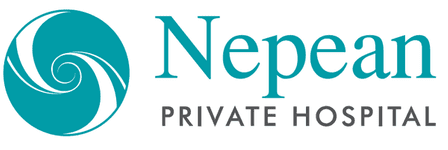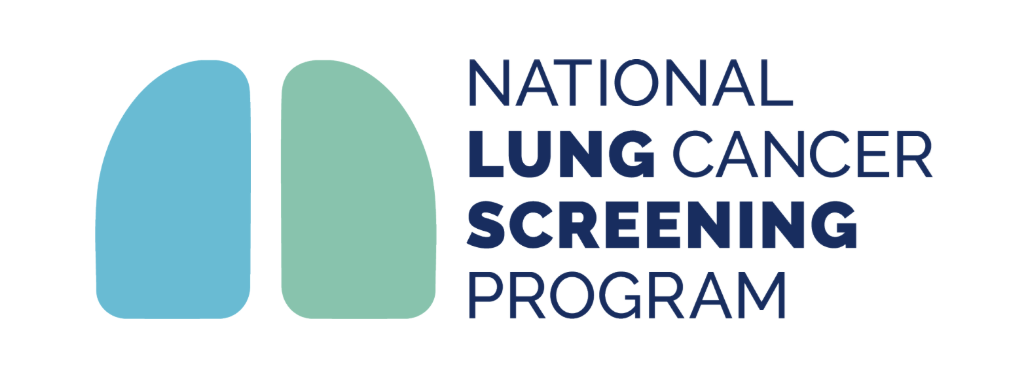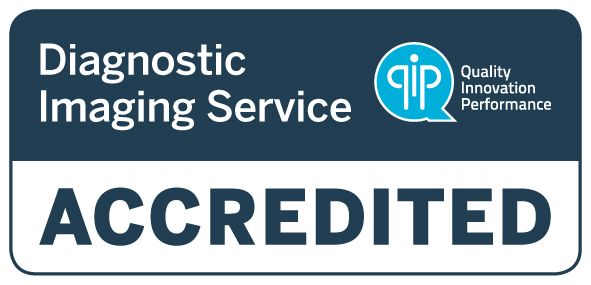CT Coronary Angiogram
What is a CT Coronary Angiogram (CTCA)?
The coronary arteries, which provide blood to the heart, were historically assessed via conventional coronary angiography. Tis invasive procedure required hospital admission and arterial catheterization (through the wrist or groin) for contrast administration.
Modern ultra-fast computed tomography (CT) scanners now allow for non-invasive assessment of these arteries in most patients via CT Coronary Angiography (CTCA). This method utilizes intravenous contrast injection, is faster, and exhibits fewer potential complications, and demonstrates comparable diagnostic accuracy to conventional angiography.
Why is a CTCA required?
Doctors may also require patients to get a CT Coronary Angiogram scan before or after other coronary procedures.
Coronary heart disease is a serious illness, which if left untreated can lead to the development of other serious conditions including:
- High blood pressure
- Sleep Apnea
- Depression
- Diabetes
- Heart attack
- Arrhythmia
- Heart failure
What preparation is required before a CTCA?
Most preparation for the test is designed to reduce your heart rate as much as possible. The slower your heart rate, the better the scan. You may be instructed to fast for 4 hours and avoid caffeine and other stimulants on the day of your procedure. You may also be required to take medication the day before the procedure and the morning of the procedure that helps to reduce your heart rate. Not all patients are given this medication.
You will be asked to have someone drive you to your appointment and home again, as you may be given medications for the CT scan that prevent you from being able to drive.
What to wear for a CT Coronary Angiogram?
You should also avoid clothes with zippers or metal buttons.
You may be asked to remove any clothing obstructing the area to be scanned and given a hospital gown to wear instead, so you should try and wear something that is comfortable and easy to remove.
You will be asked to remove any metallic items, such as jewellery, watches, eyewear and belts, as these items can show up on the CT scans. It may be best to leave jewellery at home.
What happens during the procedure?
The actual scan itself typically takes around 10-15 minutes to complete.
- Your doctor may give you medicine to slow your heart rate.
After being escorted to the procedure room, you will be asked to lie down on the CT table with your feet towards the opening of the machine.
An iodine contrast medium is injected into one of your veins via a cannula.
You may experience the following sensations as the contrast agent moves through the body:
- Warmth
- A metallic taste
- A temporary urge to pass urine
You will also be connected to
- an electrocardiogram (ECG) machine during the procedure, via small patches placed on your chest. This monitors and records your heart rate, helping the CT scanner co-ordinate taking the images according to your heart rhythm.
After CT Coronary Angiogram
Your radiologist may ask you to stay for up to 20 minutes after the CT Coronary Angiogram, to ensure that there are no side effects or reactions to the contrast medium.
After the procedure, you will usually be able to return to normal activity immediately.
Patients will need to be driven home, as medication given during the CT makes driving potentially dangerous.
Your Results
The results of the scan will be sent to your doctor, who will discuss them with you during your next appointment.
Risks with CT Coronary Angiogram?
A CT Coronary Angiogram is a relatively low-risk procedure as it is non-invasive.
However, during CT Coronary Angiogram patients are exposed to more radiation than in a typical x-ray as multiple images are taken of the heart. Although the lowest radiation doses possible are used, there is a risk that patients may develop cancer. The risk is slightly higher in patients under 40 years of age.
You can find out more about the levels and risks of x-rays from the Patient Dose Information Fact Sheet, published by Public Health England.
There is also a very minor risk that patients may suffer from a severe reaction to the contrast medium and experience:
- Low blood pressure
- Anaphylactic shock
- Cardiac Arrest
Allergic reactions to the x-ray dye are usually mild and can be treated with medication on site.





